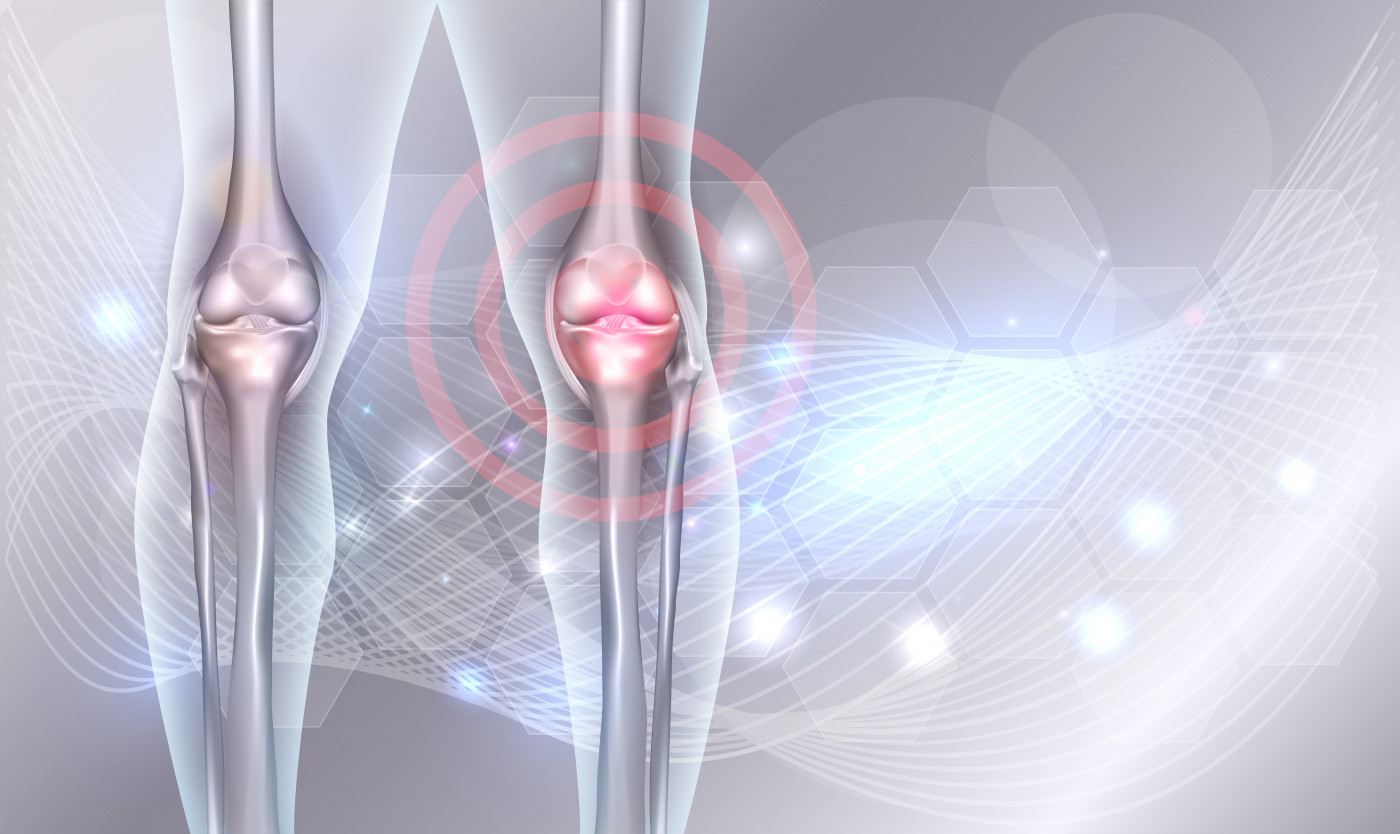Surgical Joint Fusion Is Effective Treatment for Rare Knee Deformity in FAP, Case Report Shows

The artificial induction of joint ossification, or surgical arthrodesis, is a safe and effective option to treat patients with rare knee structural deformities due to Charcot neuroarthropathy secondary to familial amyloid polyneuropathy (FAP), according to a case report.
FAP represents a heterogeneous group of hereditary diseases caused by the abnormal deposit of amyloid fibrils, affecting the central nervous system and peripheral nerve cells.
Impaired sensation and discomfort in the feet are the most common symptoms of FAP. Due to the degenerative nature of the disease, these symptoms tend to extend to the lower legs, leading to motor deficits and loss of balance.
In later stages of the disease, the patients may also experience similar symptoms affecting the upper extremities that can lead to life-threatening dysfunctions.
FAP patients may develop a secondary disease called Charcot neuroarthropathy, which is characterized by the progressive destruction of the joints. It is still unclear what causes this, but chronic painless trauma to the joint structures is believed to contribute to its development.
In the study, “Knee Arthrodesis in a Patient with Charcot Neuroarthropathy Secondary to Familial Amyloid Polyneuropathy,” published in The Journal of Bone and Joint Surgery, researchers at Portugal’s Centro Hospitalar Tondela Viseu present the rare case of a FAP patient with severe Charcot neuroarthropathy of the knee who was treated surgically.
“The foot and the ankle are the most frequently affected joints,” the researchers stated. “Although it mostly affects the weight-bearing joints, Charcot neuroarthropathy in the knee rarely is reported.”
The 47-year-old woman arrived at the clinic with progressive pain and swelling in the left knee. Diagnosed with FAP at the age of 25, the patient had already undergone a liver transplant and had a pacemaker implanted.
A physical evaluation of the knee revealed a small deformity and mild swelling of the soft tissues. A radiographic assessment showed modification of the joint structures, with narrowing of the articular space.
At this point the patient was counseled to restrict her physical activities and decrease weight-bearing to the affected knee. Analgesic medication was prescribed and she underwent a non-operative injection of lubricating fluid (viscosupplementation) into the affected joint.
The patient was reevaluated three months later, and showed an overall worsening of her condition. She demonstrated a severe gait impairment, worsening knee deformity, and additional narrowing of the joint space. Computer tomography (CT) scans confirmed the development of bone fractures.
“Taking into account the medical history, the clinical evolution, and the results of the diagnostic testing, Charcot neuroarthropathy was considered the most probable diagnosis,” the researchers wrote.
Due to the rapid progression of the patient’s condition, which was leading to functional limitation and a decrease in her quality of life, the clinical team proposed surgical arthrodesis. This treatment strategy promotes the fusion of the two bones to prevent pain and progressive destruction of the joint structures.
Despite the loss of knee motion, three years after the surgery the patient remained symptom-free and was able to independently perform normal daily activities.






